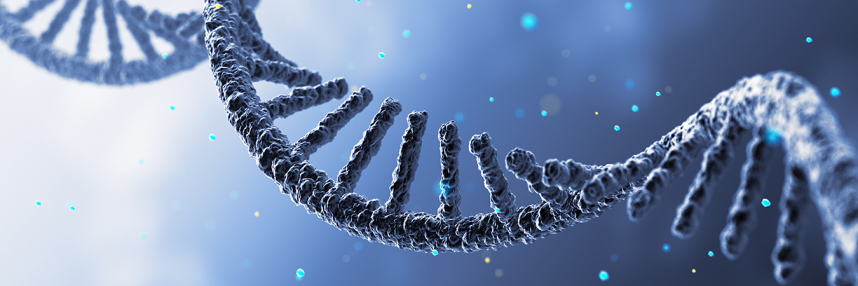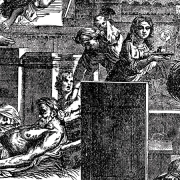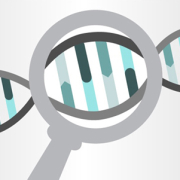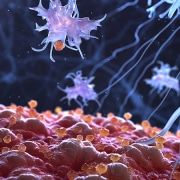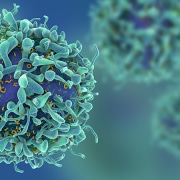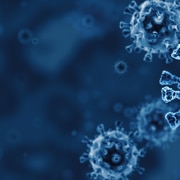RNA in spotlight as RNA research pioneers to be awarded Nobel prize
Two RNA researchers whose work paved the way for Covid-19 RNA vaccines will be awarded the 2023 Nobel Prize
Next month, Professors Katalin Karikó and Drew Weissman will be awarded the Nobel Prize in the category of physiology or medicine. As noted by the Nobel Assembly at Karolinska Institutet, this award comes thanks to their work on RNA and the immune response, which paved the way for the RNA vaccines used during the Covid-19 pandemic.
Different types of vaccine
RNA vaccines are different to other types, but all vaccines work in essentially the same way: helping your immune system to spot a particular pathogen. As a result, your immune system makes antibodies against that pathogen, so a faster immune response can be mounted if a true infection occurs. Different types of vaccine can achieve this.
Currently, most vaccines use whole bacterial cells or virus particles to induce an immune response. Before being given, the pathogen is either inactivated, such as with the polio vaccine, or ‘attenuated’ (weakened), such as the chickenpox vaccine, to trigger an immune response. Recently, vaccines with individual components of viruses have been created – the human papillomavirus (HPV) vaccine is an example of this. RNA vaccines, which found fame during the Covid-19 pandemic, work in a slightly different way.
How do RNA vaccines work?
RNA vaccines use messenger RNA (mRNA), rather than parts of a virus or bacteria, to induce an immune response. This mRNA contains information to make a protein that forms a small part of the pathogen. When an individual receives the vaccine, their cells use the mRNA to make a protein, which the immune system recognises as foreign and responds by producing antibodies against that protein. Later, during a real infection the immune system can quickly respond with the right antibodies.
- Understand: Why mRNA vaccines aren’t gene therapies
A notable advantage of RNA vaccines is that they are scalable, allowing healthcare systems to respond quickly to outbreaks. With most other vaccines, they need to be made in large-scale cell cultures since the infecting pathogen cannot replicate without host cells. This requires large and costly facilities whose vaccine production cannot be rapidly scaled up in response to, for example, a pandemic. RNA vaccines are comparatively cheap and easy to manufacture outside of cells.
Challenges in creating RNA vaccines
Initial attempts to develop RNA-based vaccines were set back by the same biological system they were meant to be supporting: the immune system. Cells would recognise the difference between RNA from mammalian cells and the in vitro-derived RNA used in the vaccine. This would set off an unwanted inflammatory response. What Professors Karikó and Weissman discovered was how to modify RNA to avoid this.
In mammalian RNA, its bases are often chemically modified whereas the in vitro-derived RNA bases were not. This was what was allowing cells to react to the vaccine RNA (itself created in vitro) while ignoring their own RNAs. In their 2005 Immunity paper, the scientists showed that, by introducing some modifications onto the in vitro-derived RNA, they could almost completely avoid causing the unwanted inflammatory response. This breakthrough allowed the creation of RNA vaccines; the beginning of the end for the Covid-19 pandemic.
Beyond Covid-19
RNA vaccines are now being investigated for many uses, not only against infectious diseases but also as therapies against cancer where researchers hope to assist the body’s immune system to identify and destroy cancer cells. Other types of RNA-based therapies are being created, including gene silencing treatments for conditions such as familial hypercholesterolaemia and spinal muscular atrophy (SMA), and all thanks to Karikó and Wiseman’s Nobel Prize-winning work.
- Webinar for clinicians: SMA therapies
- From our blog: Cancer vaccines: Three things you need to know


